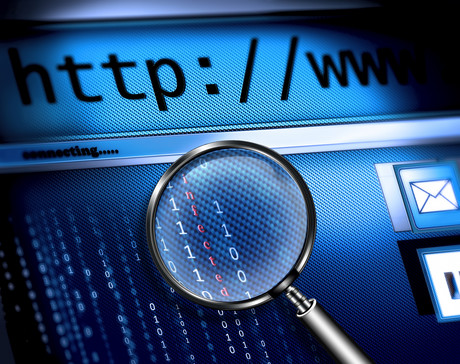Ransomware attack: 7 ways you can protect yourself

The world’s largest ransomware attack affected tens of thousands of computers — but was it preventable? NordVPN lists simple strategies to protect yourself from ransomware.
The recent attack affected over 40 health service trusts and FedEx’s offices in the United Kingdom, a telecom in Spain and the Russian Interior Ministry.
The malicious software, transferred over email and stolen from the National Security Agency (NSA), exposed vulnerabilities in computer systems in almost 100 countries in total, constituting one of the largest ransomware attacks on record.
The attack was in fact largely preventable, if only more Windows users had installed the critical security patch that Microsoft released for it two months ago and followed a few other security rules.
“Criminals took advantage of the fact that most people still don’t do enough to protect their computers,” said Marty P Kamden, CMO of NordVPN (Virtual Private Network). “We at NordVPN strive to raise public awareness about what each person could do to protect their data.”
Below are seven simple strategies to prevent attacks:
- Install latest security updates: Security updates often contain patches for latest vulnerabilities, which hackers are looking to exploit.
- Don’t open anything suspicious you get through email: Delete dubious emails from your bank, ISP, credit card company etc. Never click on any links or attachments in emails you’re not expecting. Never give your personal details if asked via email.
- Back up all data: Back up your data in an alternate device and keep it unplugged and stored away. Backing up data regularly is the best way to protect yourself from ransomware because only unique information is valuable.
- Close pop-up windows safely: Ransomware developers often use pop-up windows that warn you of some kind of malware. Don’t click on the window — instead, close it with a keyboard command or by clicking on your taskbar.
- Use strong passwords and a password manager: Perhaps the most basic requirement for any online account set-up is using strong passwords, and choosing different passwords for different accounts. Weak passwords make it simple for hackers to break into an account. A strong password has a minimum of 12 characters and includes a strong mix of letters, numbers and characters. It’s not easy to remember strong passwords for each site, so it’s recommended to use a password manager, such as truekey.com, LastPass and 1Password.
- Use a VPN for additional safety: Using a VPN when browsing can protect you against malware that targets online access points. That’s especially relevant when using a public hotspot. However, keep in mind that a VPN cannot protect you from downloading malware. While a VPN encrypts your activity online, you should be careful when downloading and opening certain files or links.
- Use antivirus programs: Make sure you have installed one of the latest reputable antivirus programs to make sure you are fully protected.
How smart HVAC is creating sustainable buildings
By integrating advanced technology and data-driven strategies, building operators can greatly...
Smelly research could influence HVAC industry
In a dedicated lab space that mimics a tiny house, scientists are investigating the impact of...
Lifestyle community gains a new level of connectivity
GemLife, a developer of over-50s lifestyle communities, was facing challenges with its fixed...




